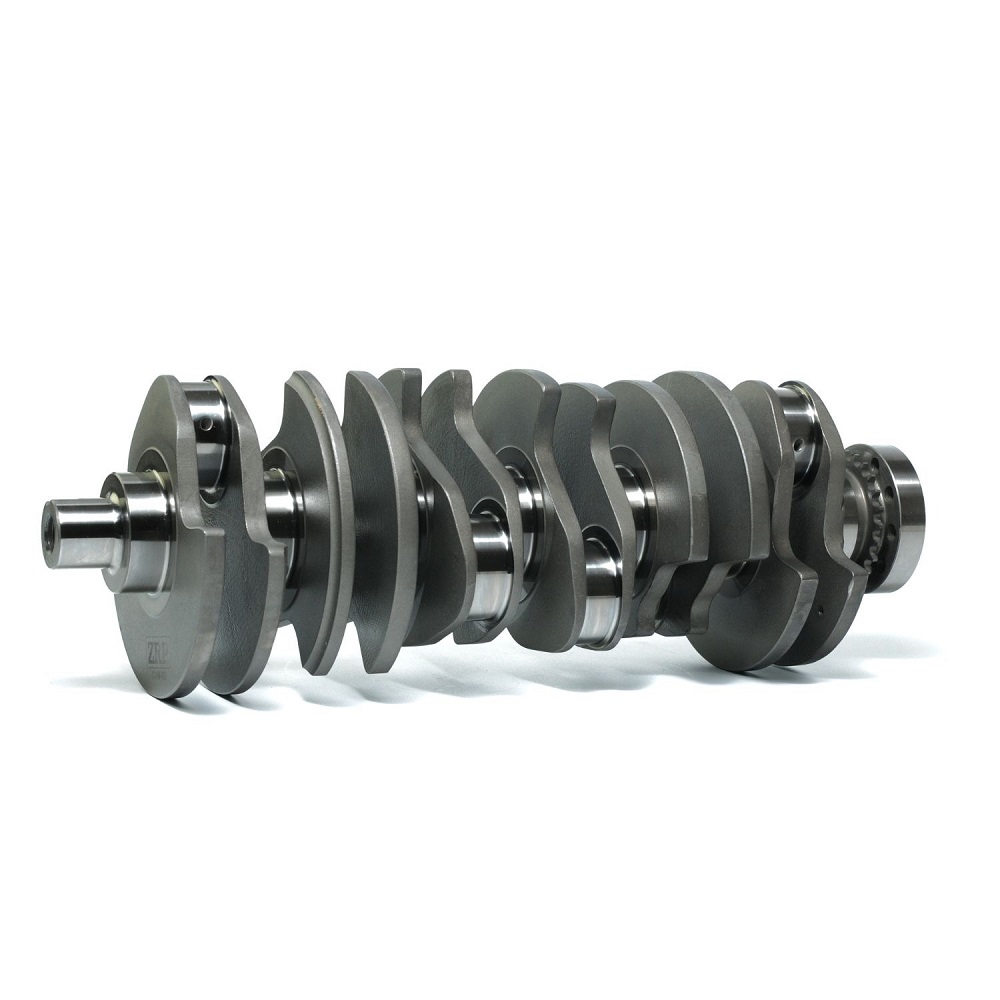Introduction to Crankshafts
Understanding the Role of a Crankshaft
The crankshaft engine is a fundamental component of an engine. It converts the linear motion of the pistons into rotational motion, which ultimately powers the vehicle. Functioning in harmony with various engine parts, the crankshaft plays a pivotal role in engine performance and efficiency. Its design and materials contribute to the engine’s overall reliability, responsiveness, and power output. Understanding the importance of the crankshaft helps owners appreciate the maintenance it requires for optimal performance.
The Crankshaft’s Design and Function
A crankshaft generally consists of a series of crankpins, journals, and counterweights. Crankpins are where the connecting rods attach, converting piston movement into rotation. Journals support the crankshaft within the engine block and facilitate smooth operation. Counterweights balance the crankshaft, reducing vibration and enhancing overall performance. This intricate design demonstrates the engineering prowess behind modern engines. Maintaining the crankshaft properly ensures that this essential component can operate seamlessly without issues.
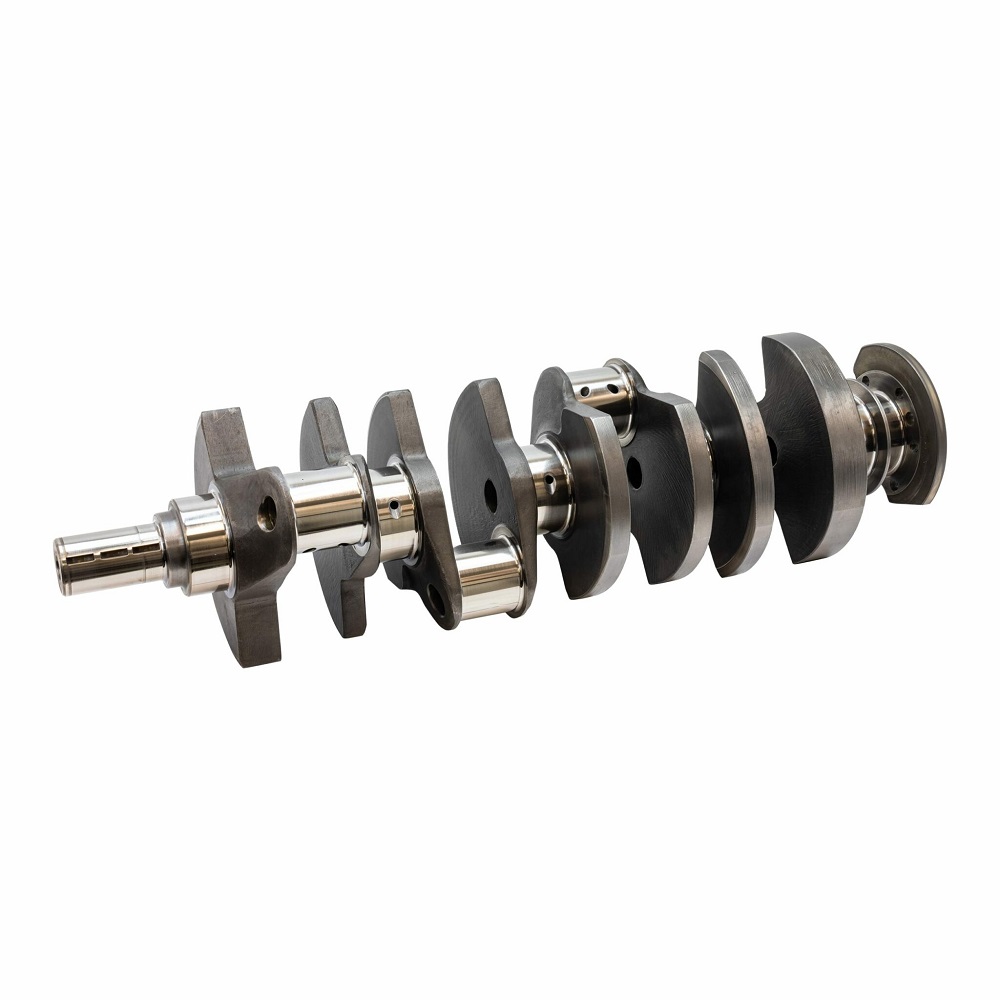
Signs of Crankshaft Problems
Being aware of the signs of crankshaft problems is essential for timely maintenance, as a smoothly operating engine depends on its proper functioning. Common indicators include unusual vibrations, metal-on-metal noises, and excessive engine noise. Additionally, oil leaks or changes in oil pressure can signal underlying issues. If you notice any of these symptoms, it is crucial to address them promptly to prevent catastrophic engine failure. Understanding these warning signs will help you maintain your vehicle and extend its lifespan.
Routine Maintenance Practices
Regular Oil Changes
One of the most critical aspects of crankshaft engine maintenance is regular oil changes. Engine oil lubricates various moving parts, including the crankshaft, ensuring smooth operation and minimizing wear. Over time, oil becomes contaminated with dirt and debris, losing its effectiveness. Regular oil changes help maintain optimal lubrication and prevent engine damage. Depending on your vehicle’s specifications, changes are typically recommended every 3,000 to 7,500 miles. Monitoring the oil condition and adhering to your manufacturer’s guidelines will keep your crankshaft and engine in excellent condition.
Proper Filter Maintenance
In addition to changing the oil, maintaining the oil filter is essential. The oil filter removes contaminants from the engine oil, preventing them from circulating and potentially damaging the crankshaft and other components. A clogged filter can restrict oil flow, leading to inadequate lubrication and increased wear. It’s advisable to replace the oil filter with every oil change to ensure optimal filter performance. By prioritizing oil filter maintenance, you enhance engine lubrication and extend the longevity of the crankshaft and the engine as a whole.
Monitoring Fluid Levels
Regularly checking fluid levels is essential for the overall health of your engine, including the crankshaft. Apart from engine oil, monitor coolant, transmission fluid, and power steering fluid levels. Low fluid levels can indicate leaks or other issues that need immediate attention. Maintaining appropriate fluid levels ensures that all engine components work effectively and reduces the risk of overheating or damage. Make fluid checks a part of your routine maintenance to keep everything running smoothly.
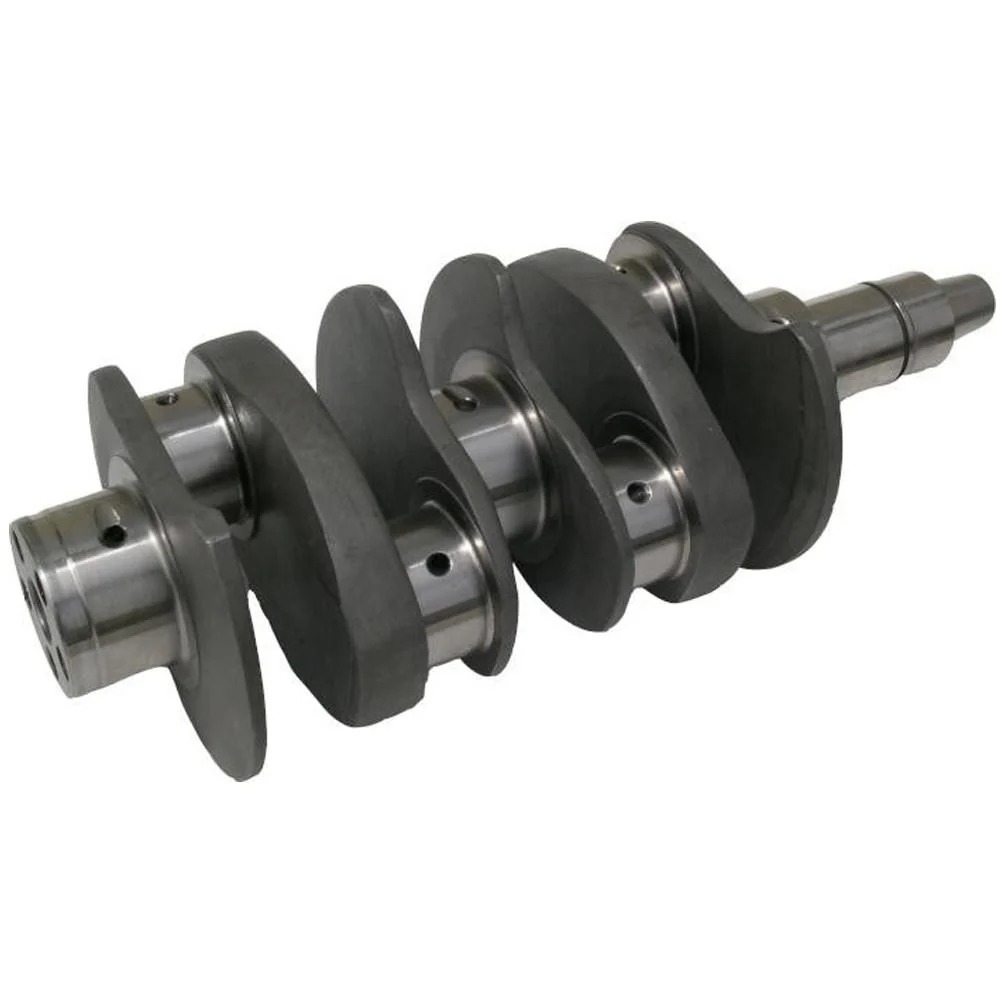
Identifying Common Crankshaft Issues
Worn Bearings
Worn crankshaft bearings are one of the most common issues that can affect engine performance. Bearings support the crankshaft and help it rotate smoothly within the engine block. Over time, wear and tear can occur due to friction or inadequate lubrication. Symptoms of worn bearings may include knocking or tapping noises from the engine, especially at low speeds. If you notice any unusual sounds, have your engine checked immediately. Addressing worn bearings early can prevent further damage that may require extensive repairs.
Oil Sludge Buildup
Oil sludge buildup can lead to significant problems for the crankshaft. Sludge forms when oil breaks down and combines with dirt, debris, and other contaminants. This can block oil passages, restricting flow and reducing lubrication. Insufficient lubrication leads to increased friction and wear on the crankshaft. To prevent sludge buildup, it is essential to change the oil regularly and use high-quality oil that meets vehicle specifications. Regularly inspecting oil condition can help detect any issues early, ensuring the crankshaft remains well-lubricated.
Balancing and Alignment Issues
Proper balance and alignment are vital for crankshaft performance. An unbalanced crankshaft can cause vibration, leading to premature wear on engine components. Misalignment can lead to bearing failure or increased friction, negatively affecting engine efficiency. If you notice excessive vibration while driving, have the engine inspected. Technicians can assess whether the crankshaft is balanced and properly aligned. Correcting these issues early can extend the lifespan of your crankshaft and improve overall engine performance.
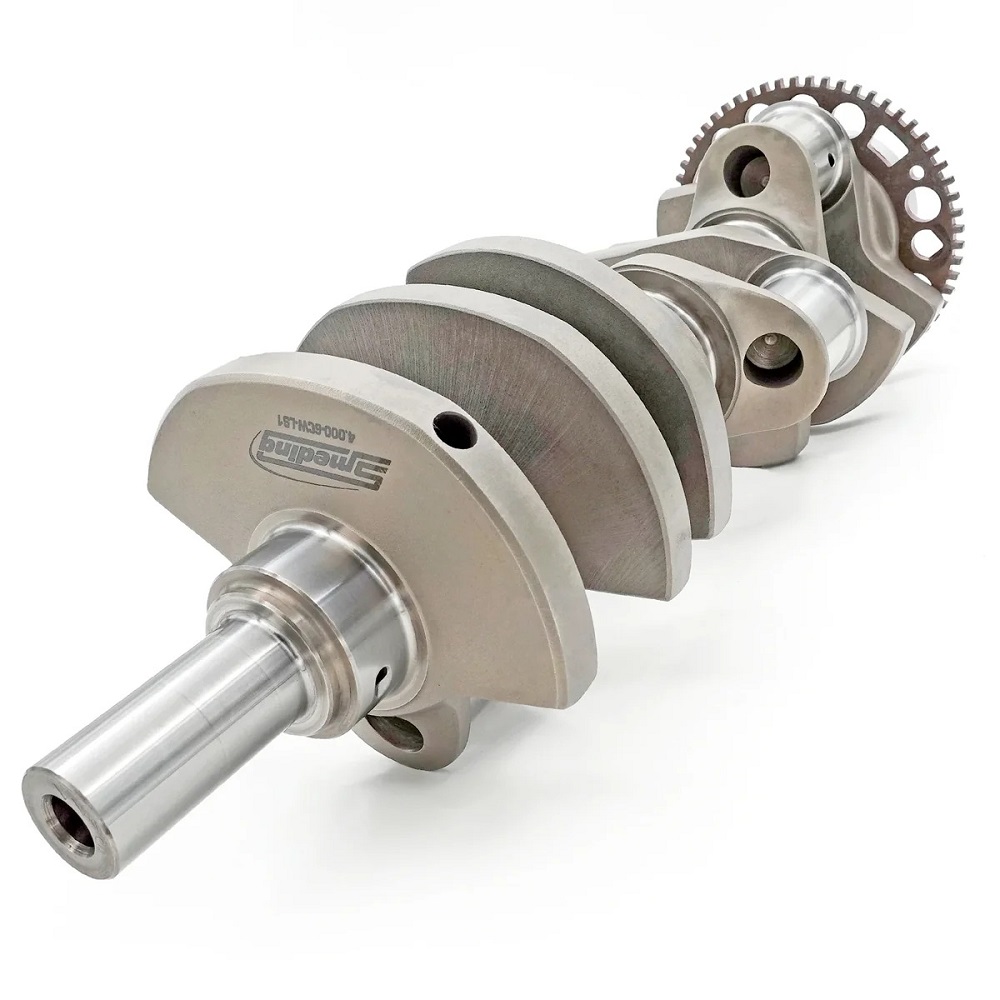
Preventive Maintenance Tips
Regular Inspections
Routine inspections of the engine can help prevent crankshaft issues. Checking components such as belts, hoses, and seals ensures everything functions properly. During these inspections, be vigilant for signs of wear, oil leaks, or corrosion. If you spot any issues, take corrective action right away. Catching problems early can save you time and money by avoiding extensive repairs down the road. Regular monitoring of your engine, including the crankshaft, enhances reliability and performance.
Engine Heat Management
Managing engine temperature is crucial to maintaining crankshaft health. An overheating engine can lead to severe damage, including warping of the crankshaft itself. To manage heat, ensure that the cooling system operates efficiently. Regularly check coolant levels, inspect hoses for leaks, and ensure the radiator is functioning correctly. If your vehicle experiences overheating, pull over immediately and shut off the engine. Allowing it to cool down helps prevent further damage. By maintaining proper engine temperature, you contribute to the longevity of the crankshaft and overall engine health.
Investing in Quality Parts
When replacing parts in your vehicle, especially when it relates to the crankshaft, it is crucial to invest in high-quality components. Opt for original equipment manufacturer (OEM) parts or reputable aftermarket options to ensure optimal performance. Using inferior parts can lead to premature wear and failures, compromising your engine’s reliability. Consider the long-term benefits of investing in quality components for your engine. This investment pays off through improved performance and reduced maintenance costs.
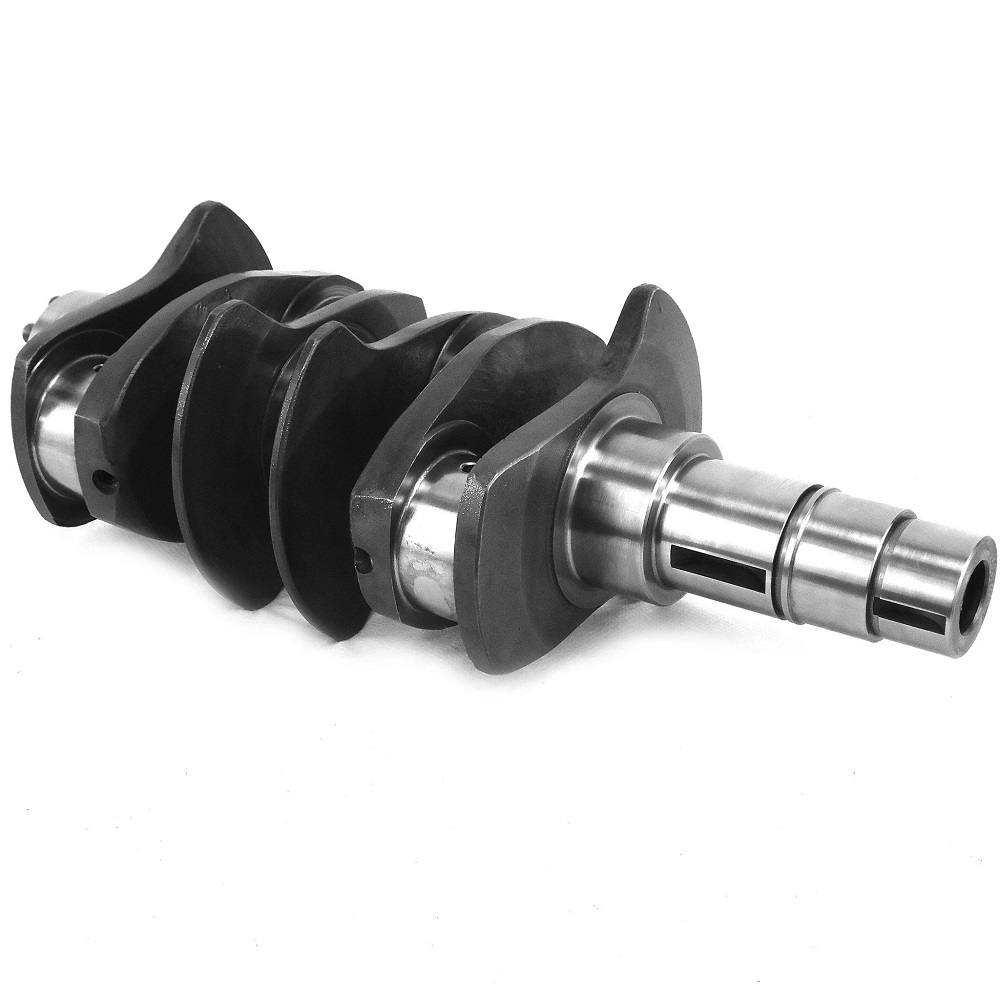
The Importance of Professional Servicing
When to Seek Professional Help
While routine maintenance is essential, knowing when to seek professional help is equally crucial. If you notice persistent problems or performance issues, don’t hesitate to consult a qualified mechanic. Trained professionals can accurately diagnose problems related to the crankshaft and overall engine performance. Ignoring warning signs can lead to worsening issues, causing more damage down the line. Regular servicing by a reputable technician can help maintain your crankshaft in excellent condition, ensuring reliable performance.
Comprehensive Engine Overhaul
In some cases, a comprehensive engine overhaul may be required. If the crankshaft or associated components show significant wear or if recurring problems persist, it may be more efficient to rebuild the engine rather than attempting piecemeal repairs. This process involves inspecting and replacing worn components, including bearings, seals, and the crankshaft itself if needed. While this option requires a more considerable financial investment, it ultimately leads to a more reliable engine and improved performance.
Building a Trusting Relationship with Mechanics
Establishing a trusting relationship with a mechanic or automotive technician can enhance your vehicle care experience. Taking the time to find a reputable professional ensures that you receive honest assessments and quality service. Regular visits create familiarity, allowing the technician to know your vehicle’s history and address any emerging concerns proactively. This relationship builds confidence and leads to better maintenance practices, ultimately extending the life of your crankshaft and engine.
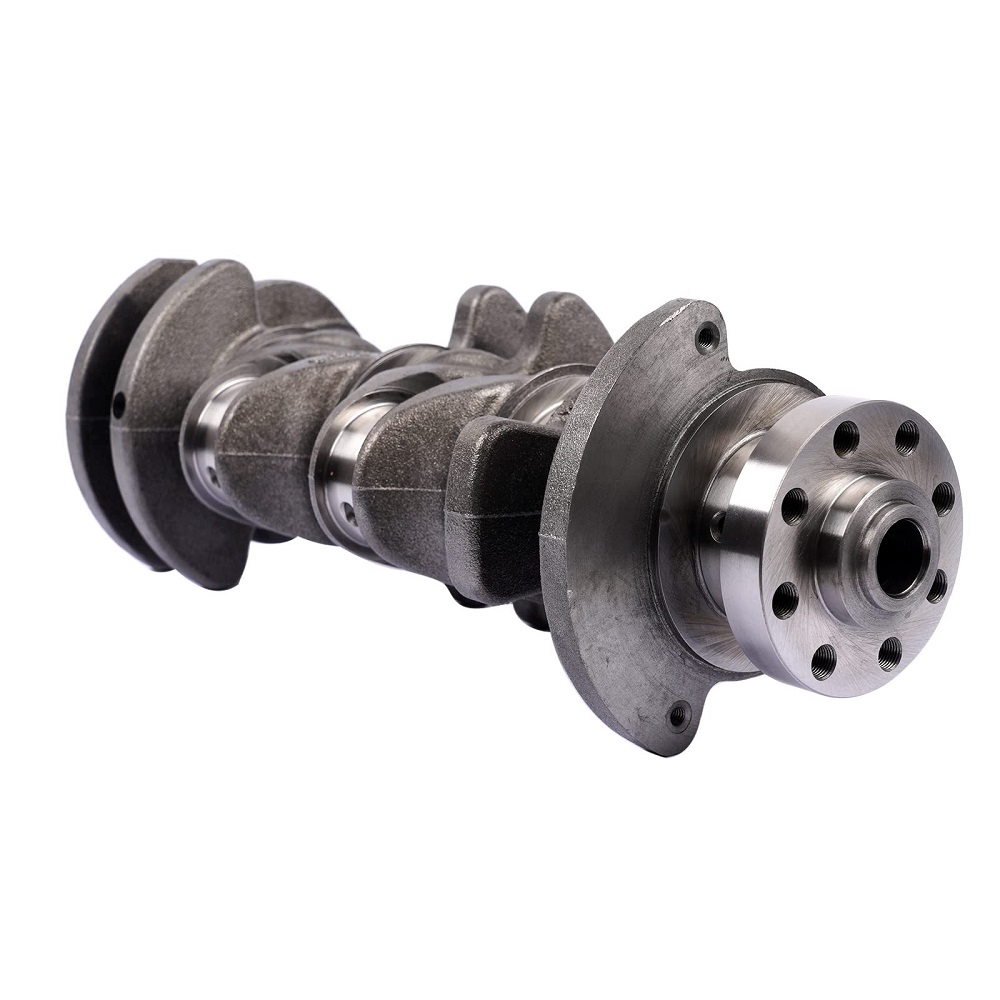
Conclusion: Prioritizing Crankshaft Engine Health
A Commitment to Maintenance
In conclusion, proper crankshaft engine maintenance is fundamental to ensuring your vehicle operates efficiently and reliably. The importance of routine inspections, oil changes, and fluid checks cannot be overstated. When you prioritize these aspects, your crankshaft can function smoothly and contribute to the overall performance of your engine. Understanding the intricate role of the crankshaft encourages responsible ownership and accountability for the health of your vehicle.
Enjoying the Ride
When your engine is well-maintained, it allows you to enjoy the ride with confidence. A smooth, responsive engine enhances the driving experience, making every journey more enjoyable. Regular maintenance not only fosters efficiency but also minimizes the likelihood of breakdowns, keeping you on the road as you embark on new adventures. Enjoying your vehicle should always be a priority, and knowing that your engine is in great shape makes the experience even more rewarding.
Taking Action for Longevity
Ultimately, taking action to maintain your 4 cylinder diesel engine and its crankshaft ensures long-term reliability and performance. By adopting good practices now, you can avoid costly repairs later. So, embrace the responsibility of engine care and prioritize the health of your crankshaft. With dedication and knowledge, you can contribute to the longevity and efficiency of one of your vehicle’s most vital components. As you drive into the future, relish the comfort of knowing that you have prioritized the essential aspects of crankshaft engine maintenance.
